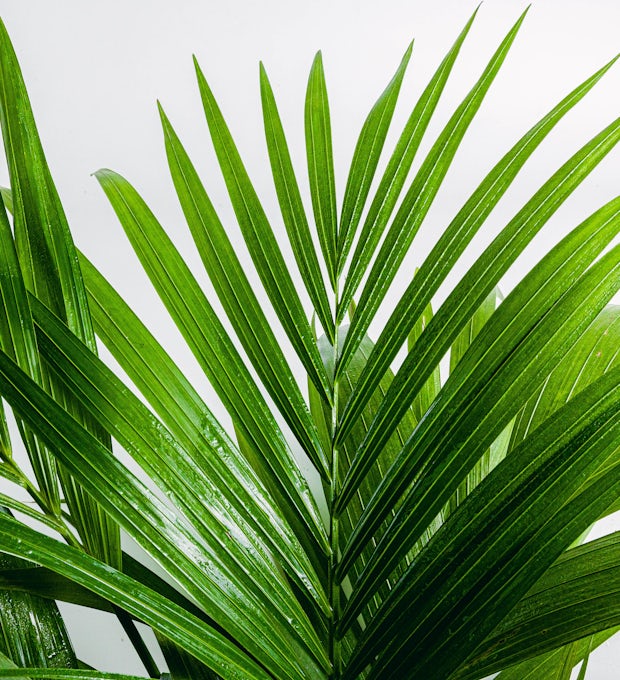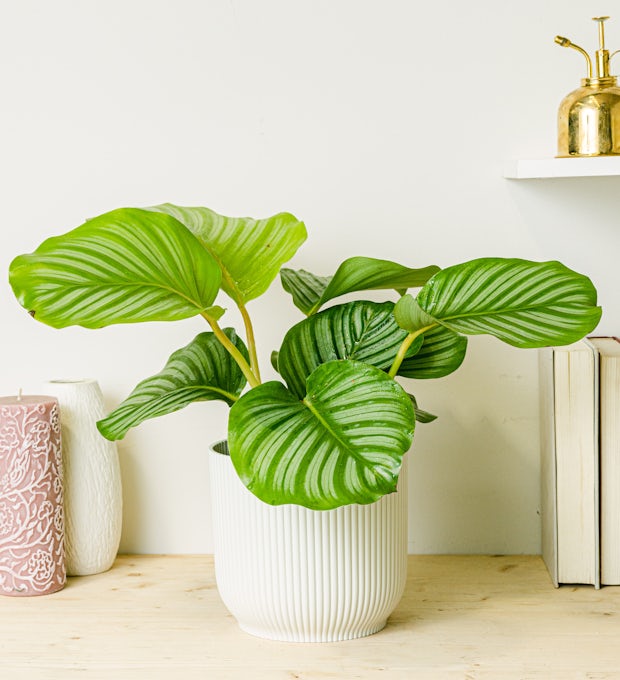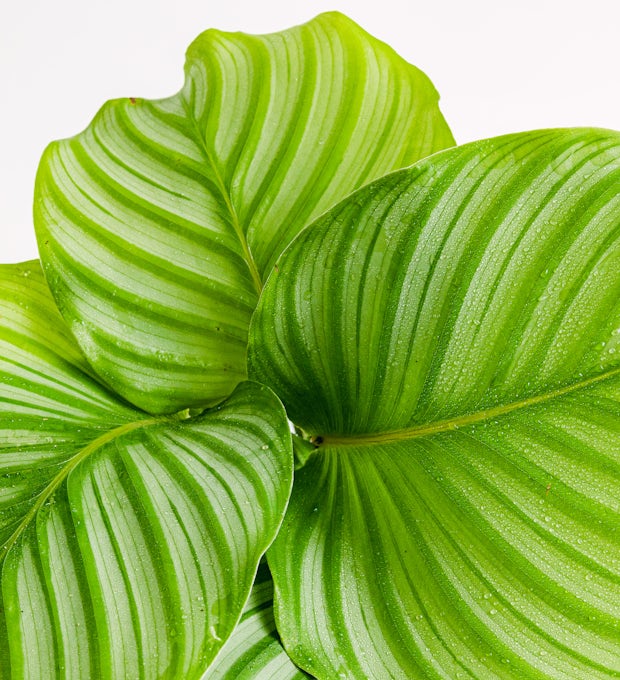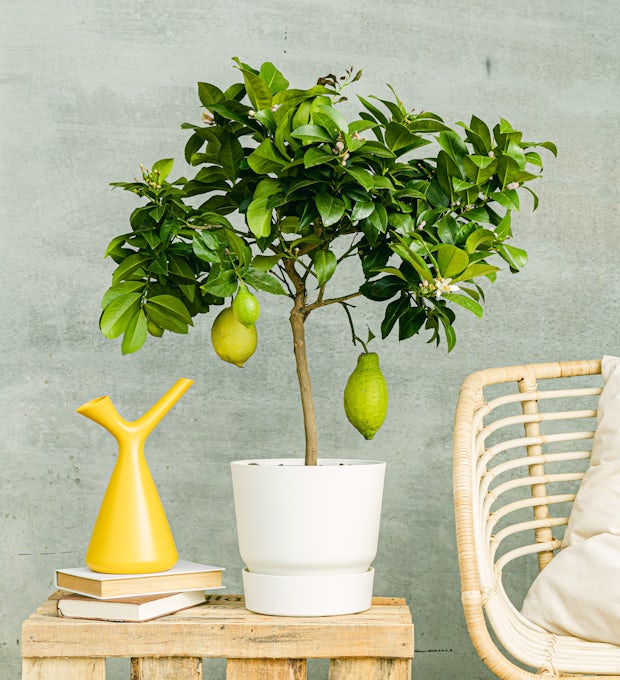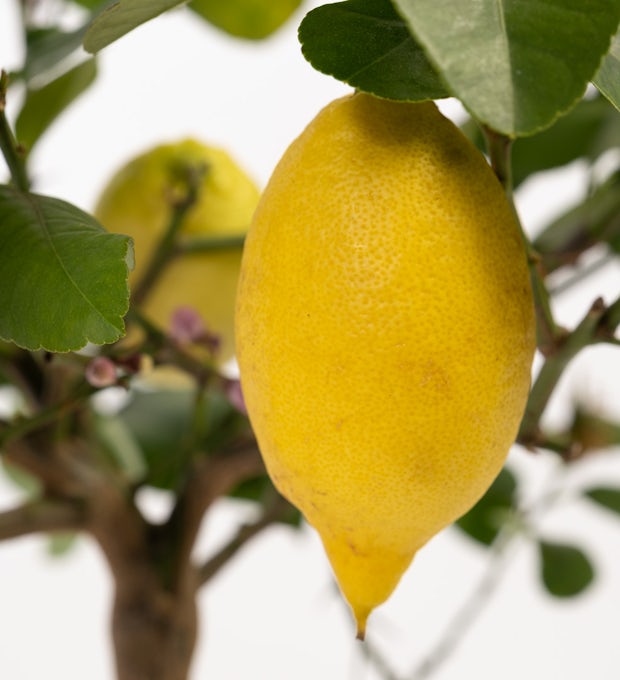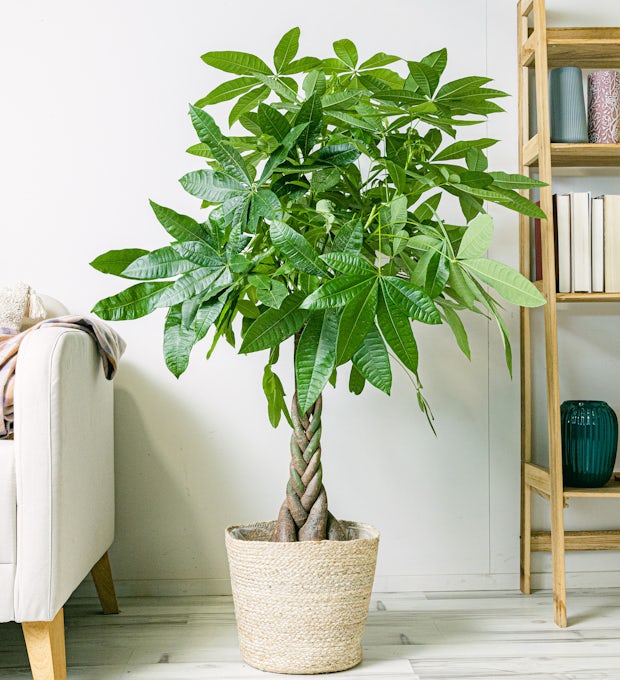Houseplants are an excellent option to decorate our home and create a pleasant atmosphere. However, many times we encounter the difficulty of having low-light environments, which can cause our plants to not thrive. In this article, we'll show you the best options for houseplants that are suited to low-light environments and give you tips on how to properly care for them so they can grow and thrive in these conditions. In addition, we will tell you about the additional benefits of having plants in the home and some creative ideas for decorating with them. Read on to find out everything you need to know about houseplants!
Why Choose Houseplants?
Choosing houseplants can be a great option to add life and beauty to our home. Not only do houseplants act as decorative elements, but they also offer a number of benefits for our health and well-being. Scientific studies have shown that having plants inside our homes can improve air quality by filtering out toxins and increasing humidity. In addition, plants can help reduce stress, improve concentration, and increase productivity. Houseplants have also been proven to contribute to a better mood and an overall sense of well-being. Another advantage of houseplants is that they are a great option for those who don't have access to a garden or outdoor space. Even in low-light environments, there are varieties of plants that adapt and thrive indoors. When choosing houseplants, it's important to consider factors such as the amount of light available, temperature, and humidity in the environment. In addition, it is essential to inform yourself about the specific care that each plant requires to ensure that you provide them with the right environment. In short, choosing houseplants allows us to enjoy their aesthetic and healthy benefits, even in spaces with little natural light.
Factors to Consider When Choosing Houseplants
When choosing houseplants, there are several factors that need to be taken into consideration. First of all, it is important to consider the size of the plant and the space available in the home. If you're short on space, it's best to opt for smaller plants or those that can be hung from the ceiling or walls. In addition, it is also important to think about the decorative style of the home in order to choose plants that complement and enhance the existing décor. Another factor to consider is the amount of natural light that the room where the plant will be placed receives. Some plants need more light than others, so it's important to choose a plant that suits the level of light available in the home. It's also important to consider the humidity and temperature of the room, as some plants require specific conditions to thrive. Finally, it's important to consider the level of care you're willing to give the plant. Some plants require special care, such as regular watering or pruning, while others are hardier and require less attention. By taking these factors into account, you can choose a houseplant that suits your home's needs and lifestyle and enjoy its aesthetic and environmental benefits.
We ship plants to all locations, you can see more options here.
The Importance of Light for Houseplants
Light is a critical factor for the growth and development of houseplants. Through photosynthesis, plants convert light energy into chemical energy that allows them to produce their own food and stay healthy. However, not all plants need the same amount of light, and some may be better suited to low-light environments. It is important to know the specific needs of each plant before placing it in a certain place in the house. In general, plants that require more light should be placed near windows or in places where they receive direct sunlight for several hours a day. Plants that need less light can be placed in shadier areas or away from windows. It's important to remember that while some plants may be able to survive in low-light environments, their growth will be slower and their appearance may be affected. Additionally, prolonged exposure to low-light environments can weaken the plant and make it more susceptible to diseases and pests. Therefore, it is advisable to find a balance between the amount of light that each plant needs and the amount of light available in our home to ensure its proper development and care.
We ship plants to all locations, you can see more options here.
Houseplants That Adapt to Low-Light Environments
While it's true that most houseplants need light to survive, there are some species that can thrive in low-light environments. Shade plants are a great option for those indoor spaces that don't get a lot of natural light. Houseplants that adapt to low-light environments include ferns, pothos, sansevieria, and aspidistra. Ferns are a popular choice for bathrooms, as they like humidity and can grow well in low light. Pothos is another popular indoor plant as it can tolerate low light levels and adapts well to different temperatures. Sansevieria, also known as mother-in-law's tongue, is a hardy plant that can withstand extreme light and temperature conditions. Finally, aspidistra is a classic shade plant that can survive in low-light environments and is easy to care for. When choosing houseplants for low-light environments, it's important to keep in mind that even though they can survive in low light levels, they still need some lighting to stay healthy. It is advisable to place them near windows or artificial light sources, and make sure not to overwater them, as this can be detrimental to their growth.
How to care for Houseplants in Low-Light Environments
How to Care for Houseplants in Low-Light Environments
When it comes to caring for houseplants in low-light environments, it's important to take a few precautions to ensure their survival and thriving. First of all, it's crucial to choose plants that are known to adapt well to a lack of light. Some ideal choices are Boston fern, sansevieria, and philodendron. These plants are able to survive with lower light levels and still maintain their beauty and health.
In addition, it is essential to place plants in strategic places within the home. Look for corners where there is some natural light, such as near windows or doors, but avoid exposing them directly to the sun's intense rays. You can also supplement natural lighting with artificial lights, such as full-spectrum LED lamps, which provide sun-like light.
As for watering, you need to be careful not to overdo it. Plants found in low-light environments have a slower metabolism and therefore need less water than those exposed to higher levels of light. It is advisable to check the soil moisture before watering and make sure that the water drains properly to avoid excess moisture that could damage the roots.
Finally, it is important to maintain a good level of humidity in the environment. Houseplants tend to suffer in dry environments, especially those that are exposed to low light. You can use methods such as spraying water on the leaves or placing the pots on trays of water to increase humidity.
By following these tips, you will be able to enjoy beautiful houseplants even in dimly lit environments. Remember to observe and adjust the conditions according to the specific needs of each plant to ensure its healthy and long-lasting growth.
Creative Ideas for Decorating with Houseplants
Not only are houseplants a great option for adding life and color to any space, but they can also be used creatively for decorating. An original idea is to create a vertical garden using shelves or shelves. Place multiple pots with different types of plants on different levels for an interesting and lively visual effect. Another creative idea is to use hanging plants to decorate the ceiling or walls. You can choose plants such as ivy, fern or spider plant, which grow downwards and will give a unique touch to your home. In addition, you can combine different sizes and types of pots to create a varied and eye-catching composition. You can also use houseplants as centerpieces or focal points in different spaces in your home. Place a large, showy plant in the center of the dining table or on a prominent shelf in the living room. Not only will this add beauty, but it will also help purify the air and create a healthier environment. In short, the possibilities for decorating with houseplants are endless. All you need is a little imagination and creativity to transform any space into a green oasis full of style and personality.
Additional Benefits of Having Plants in the Home
Having plants in the home not only adds beauty and freshness to our spaces, but also offers a number of additional benefits for our health and well-being. Houseplants act as natural air purifiers, helping to remove toxins and pollutants from the environment. When breathing, plants absorb carbon dioxide and release oxygen, improving the quality of the air we breathe. In addition, some plants have the ability to absorb volatile organic compounds (VOCs), such as formaldehyde and benzene, which are commonly found in cleaning products and building materials. This can help reduce the risks of respiratory diseases and allergies.
Another added benefit of having plants in the home is their ability to increase humidity in the environment. This is especially useful during the dry winter months or in climates with low humidity. By releasing water vapor through their leaves, plants help maintain an optimal level of moisture in the air, which can prevent problems such as dry skin and respiratory tract. In addition, this extra moisture can be beneficial for people who suffer from allergies or respiratory problems.
Finally, having plants in the home can have a positive impact on our mood and emotional well-being. Studies have shown that interacting with nature, including through the presence of plants indoors, can reduce stress and anxiety levels, improve mood, and promote an overall sense of calm and tranquility. The simple sight of the vibrant green plants can be comforting and soothing to our tired mind after a long day. In short, having plants in the home not only gives us a more visually pleasing environment, but also offers multiple benefits for our physical and mental health.
Houseplants are an excellent choice for decorating and bringing life to our homes, even in dimly lit environments. Their adaptability and natural beauty make them perfect companions to improve our environment. However, it is important to consider the factors necessary for proper care, such as proper light and proper watering. In addition to their ability to thrive in low-light environments, houseplants also offer additional benefits, such as improving air quality and reducing stress. So don't hesitate to incorporate some houseplants into your home and enjoy all their benefits. What other creative ways can you think of to decorate with houseplants? Have you experimented with any particular plants that are well suited to low-light environments? Exploration and experimentation continues, so be curious and keep discovering the fascinating world of houseplants!

